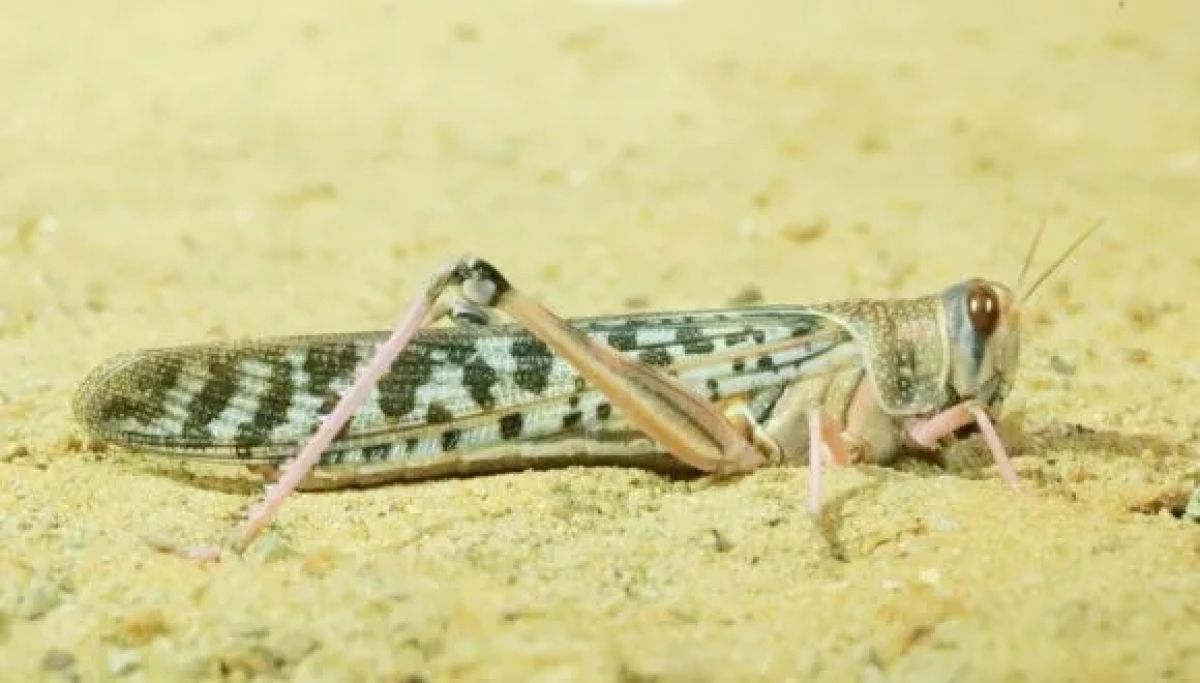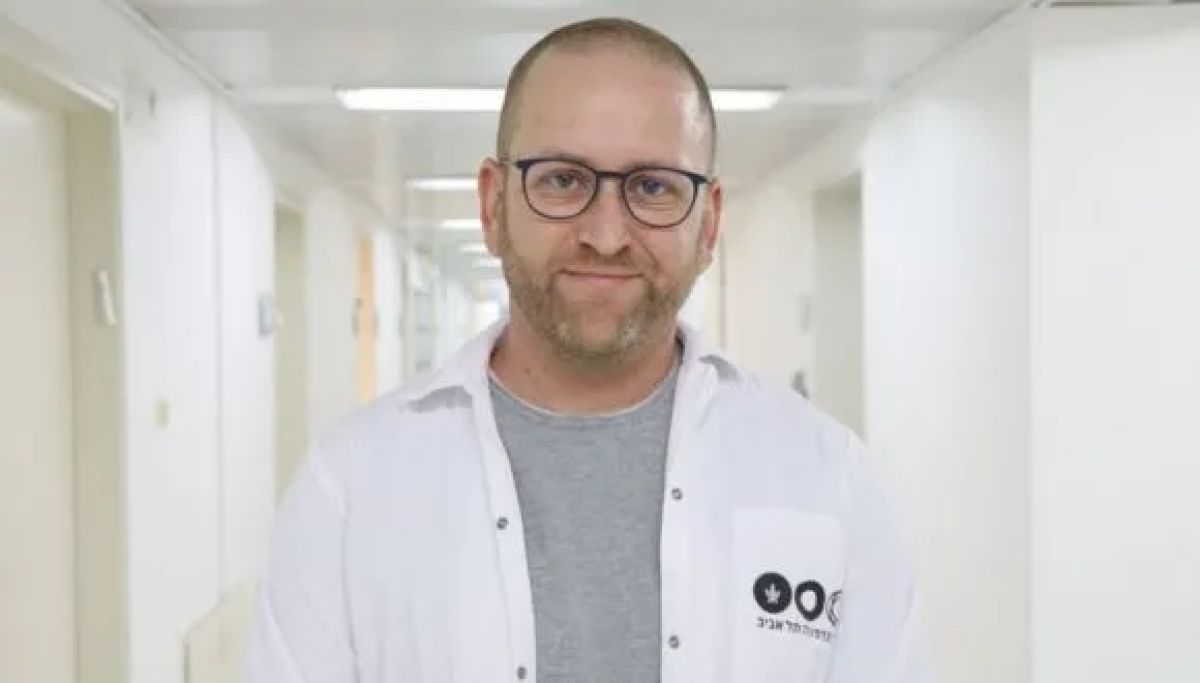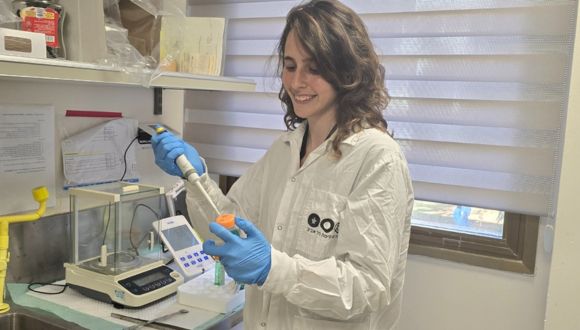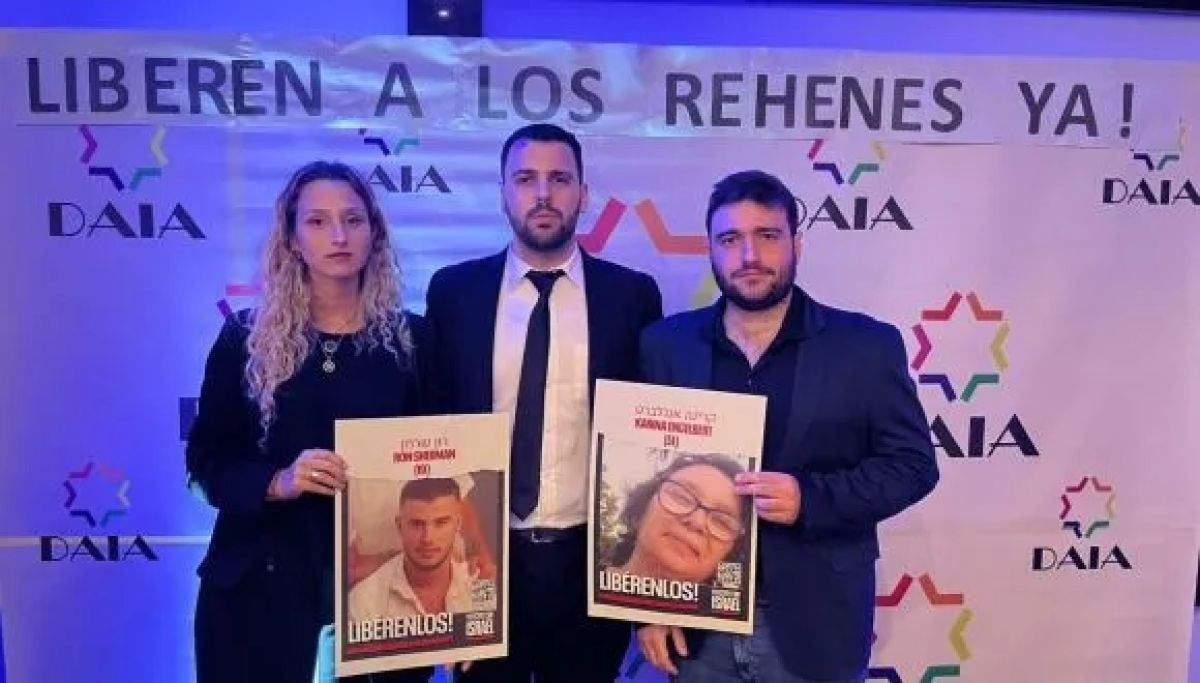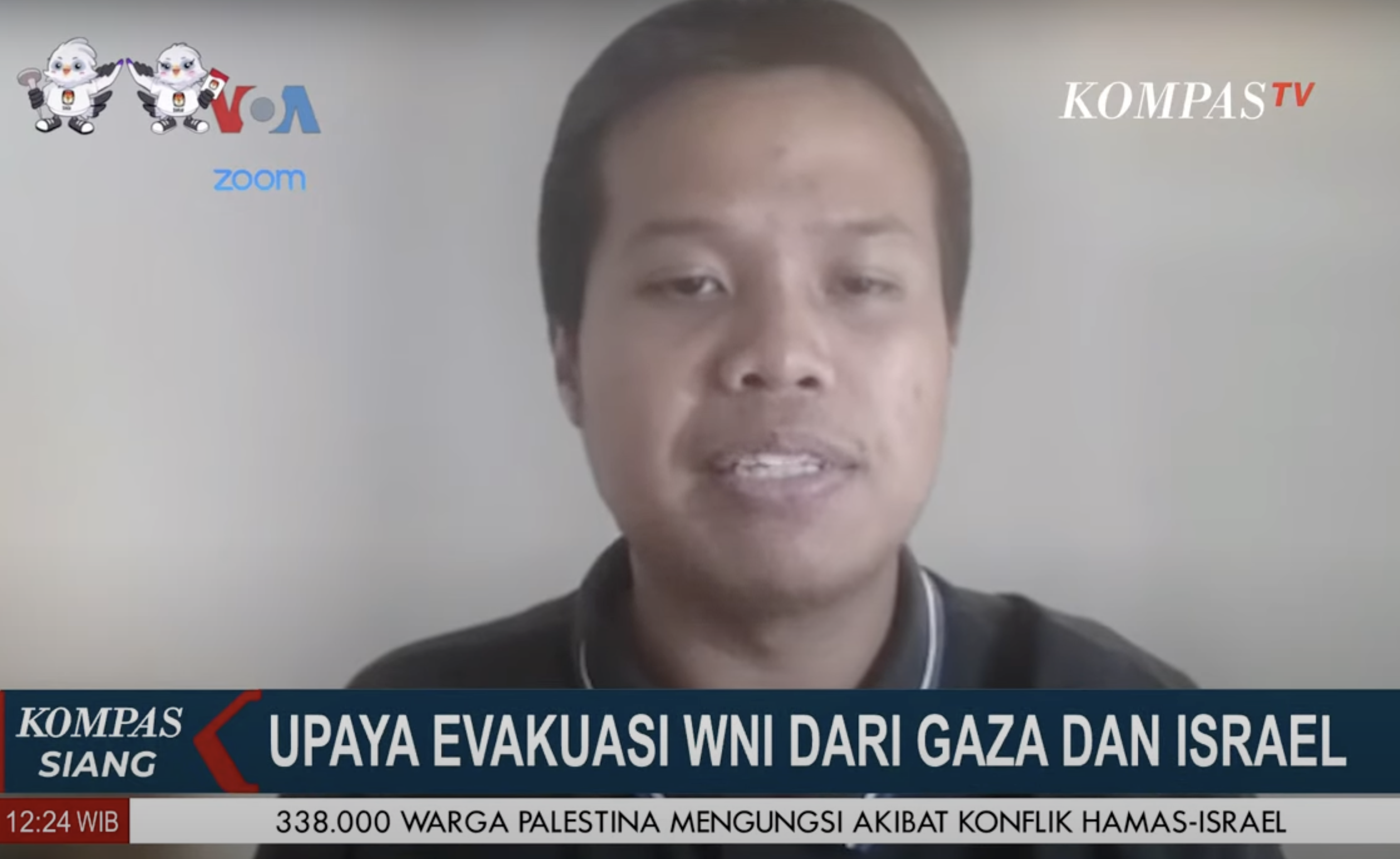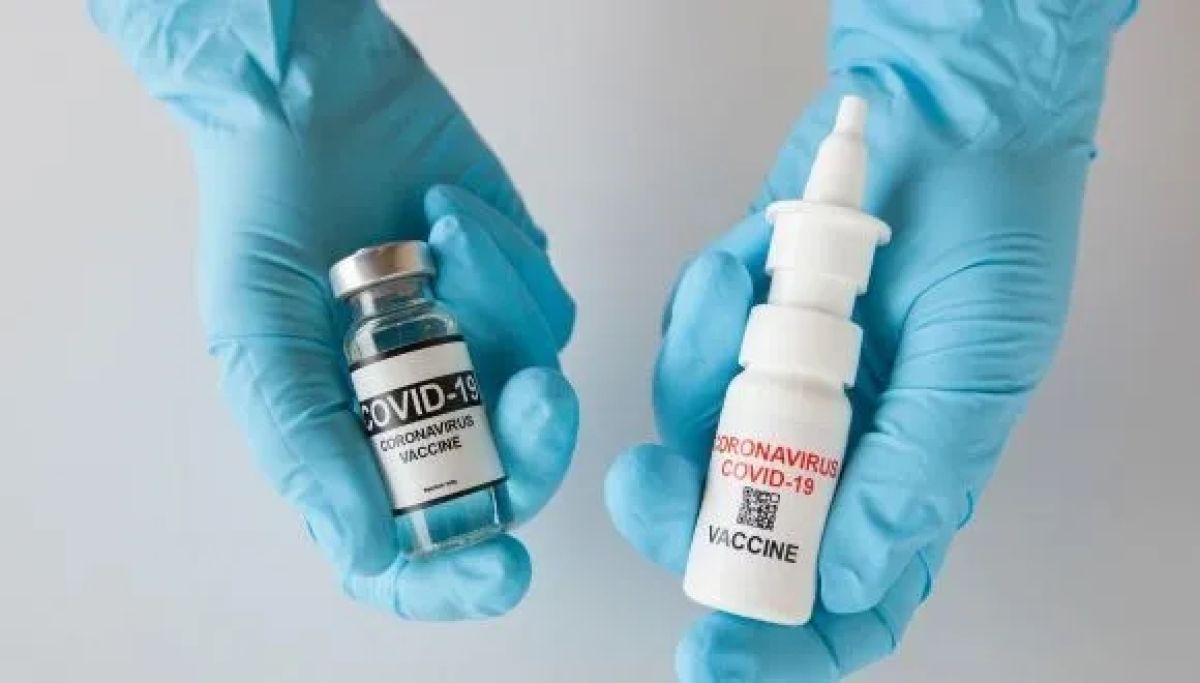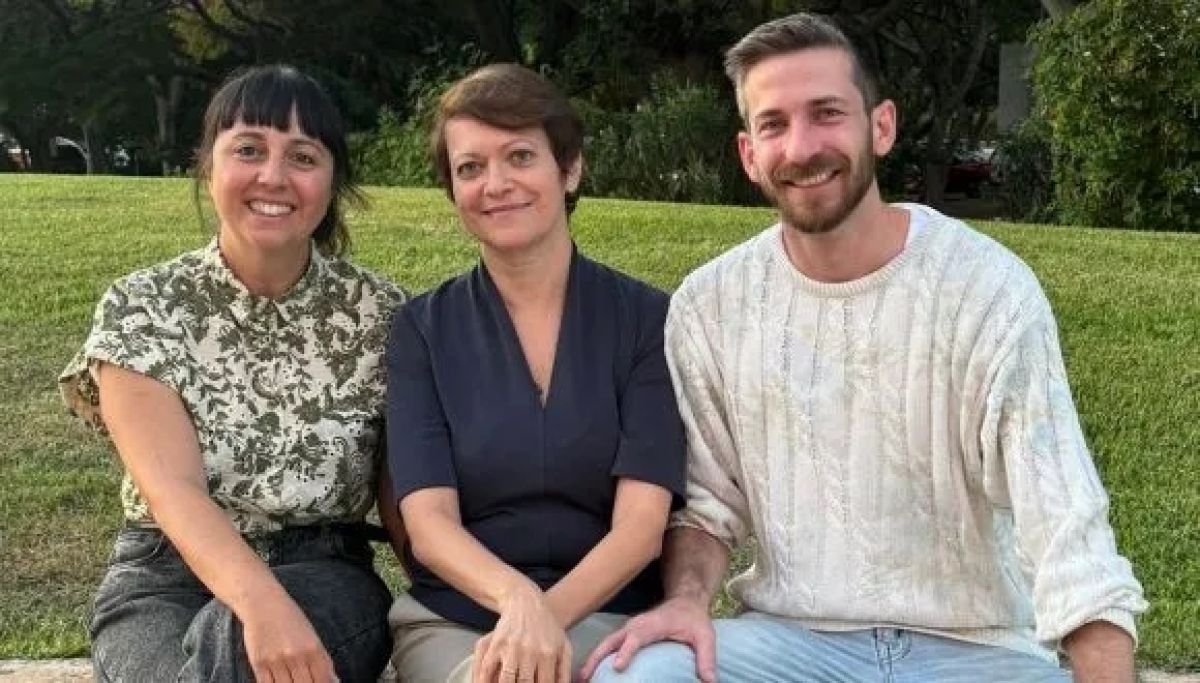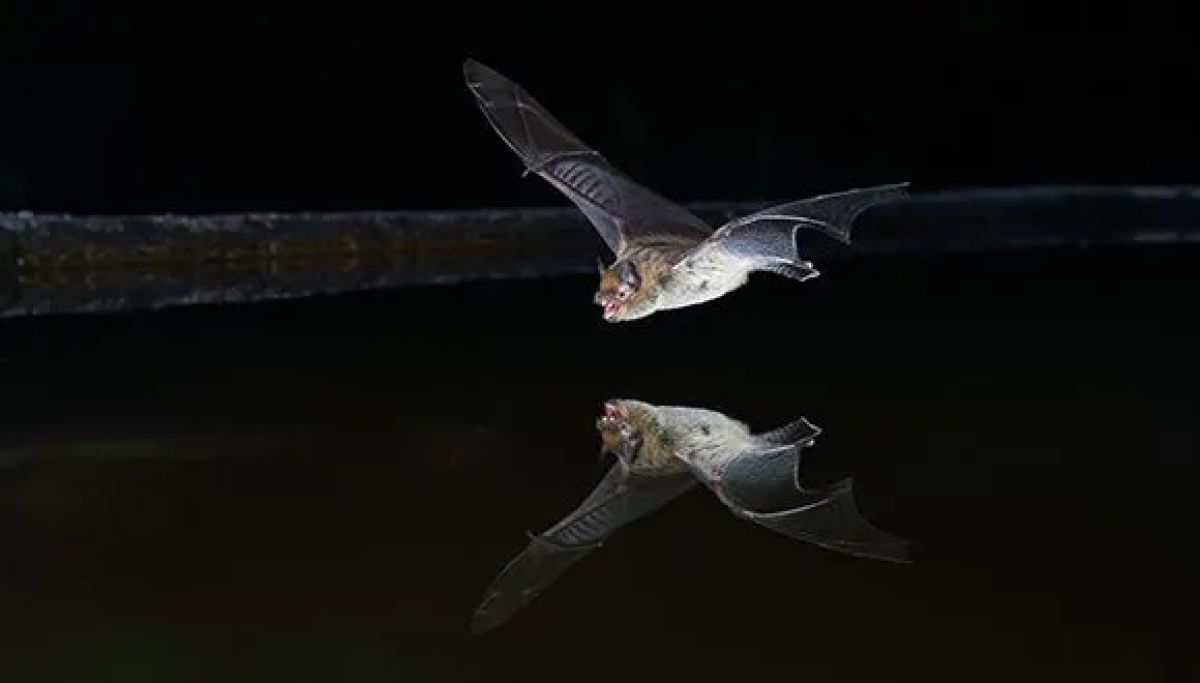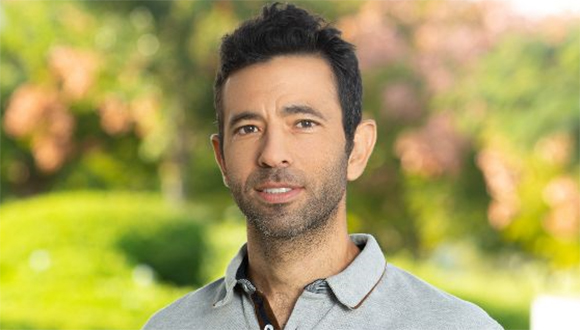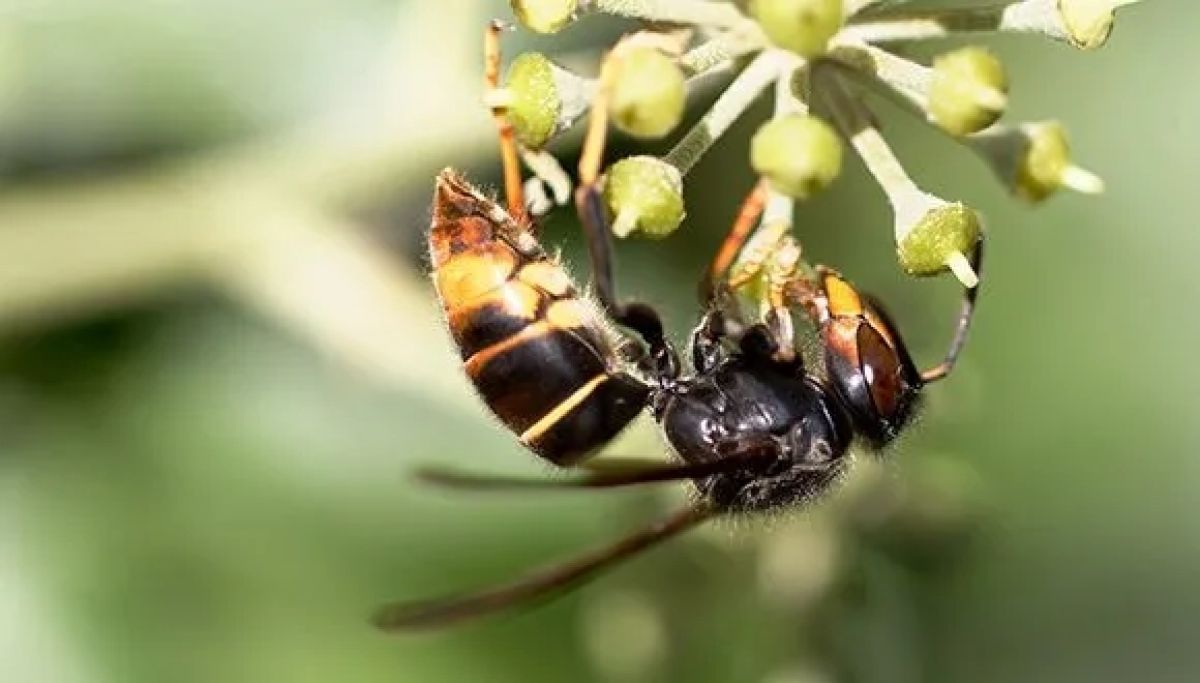What Can Locusts Teach Us About Efficiency in Design?
Research shows locusts’ digging valves are built just right for their task.
Researchers at Tel Aviv University examined the mechanical wear of digging valves located at the tip of the female locust’s abdomen, used to dig pits for laying eggs 3 to 4 times during her lifetime. They found that, unlike organs with remarkably high wear resistance, such as the mandible (lower jaw), the valves wear down substantially due to intensive digging.
The researchers: “This is an instructive example of the ‘good enough’ principle in nature. Evolution saw no need to invest extra energy and resources in an organ with a specific purpose that performs its function adequately. We, humans, who often invest excessive resources in engineered systems, can learn much from nature”.
The study was led by Dr. Bat-El Pinchasik from the School of Mechanical Engineering and Prof. Amir Ayali from the School of Zoology at the Wise Faculty of Life Sciences, the Sagol School of Neuroscience and the Steinhardt Museum of Natural History at Tel Aviv University. Other participants included: PhD student Shai Sonnenreich from TAU’s School of Mechanical Engineering, as well as researchers from the Technical University of Dresden in Germany, Prof. Yael Politi and a postdoc in her group, Dr. Andre Eccel Vellwock. The article was published in the prestigious journal Advanced Functional Materials.

Left to right: Prof. Amir Ayali, Dr. Bat-El Pinchasik & PhD student Shai Sonnenreich.
Dr. Pinchasik: “In my lab, we study mechanical mechanisms in nature, partly to draw inspiration for solving technological problems. Recently we collaborated with locust expert Prof. Amir Ayali in a series of studies, to understand the mechanism used by the female locust for digging a pit to lay her eggs. This unique mechanism consists of two shovel-like valves that open and close cyclically, digging into the soil while pressing the sand against the walls”.
Prof. Ayali: “We know that many mechanisms in the bodies of insects in general, and locusts in particular, are exceptionally resistant to mechanical wear. For example, the locust’s mandibles, used daily for feeding, are made of a highly durable material. The digging valves, on the other hand, while subjected to substantial shear forces during digging, are used only 3 or 4 times in the female’s lifetime – when she lays eggs. In this study, we sought to discover whether these digging valves, made of hard cuticular material, were also equipped by evolution with high resistance to mechanical wear”.
To address this question, the researchers examined the digging valves in three different groups of female locusts: young females that had not yet laid eggs, mature females kept in conditions that prevented them from laying eggs – to test whether age alone causes wear and adult females that had already laid eggs 3 or 4 times. To analyze the internal structure and durability of the digging valves, the researchers used several advanced technologies: confocal microscopy, 3D fluorescent imaging, and a particle accelerator (synchrotron) in collaboration with the German team. The findings indicated significant signs of wear in the valves and a lack of elements associated with high resistance to mechanical wear. Notably, no reinforcing metal ions, typical of extremely wear-resistant biological materials, were found in the valves.
Dr. Pinchasik: “A female locust’s biological role is laying eggs three or four times in her life. In this study, we found that evolution has designed her digging valves to meet their task precisely—no more and no less. This is a wonderful example of the ‘good enough’ principle in nature: no extra resources are invested in an organ when they’re not needed”.
“As humans, we can learn much from nature – about conserving materials, energy, and resources. As engineers who develop products, we must understand the need precisely and design an accurate response, avoiding unnecessary overengineering” – Dr. Pinchasik.

